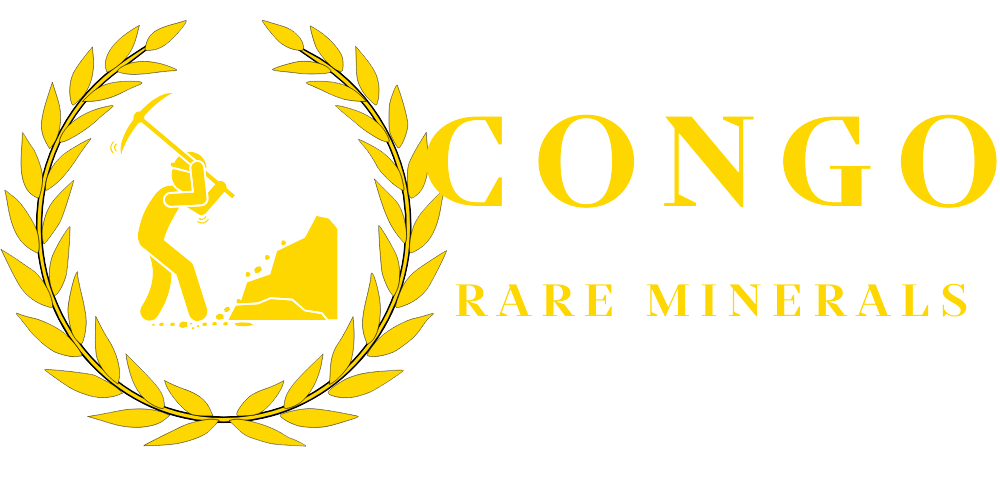One of the most common questions gold buyers ask is:
“Why does a 1oz gold coin cost more than the spot price?”
The answer lies in premiums – the additional costs built into the price of physical gold. Unfortunately, many dealers bury this information deep in FAQs. At Congo Rare Minerals, we believe in transparency. Here’s a clear breakdown of how gold pricing works, what premiums cover, and how to make sure you’re getting the best deal online.
What Is the Gold Spot Price?
- The spot price is the live market price of gold, traded on global exchanges (COMEX, LBMA).
- It reflects raw, unrefined gold – not finished coins or bars.
- Example: If gold’s spot price is $2,000/oz, that’s the baseline before dealer markups.
What Are Gold Premiums?
A gold premium is the difference between the spot price and the actual price you pay for a coin or bar.
What Premiums Cover:
- Minting Costs – Designing, stamping, and quality control of coins/bars.
- Distribution – Secure shipping from mint to wholesalers/dealers.
- Dealer Margin – The profit margin that keeps dealers in business.
- Packaging & Authentication – Assay cards, serial numbers, and security seals.
💡 Think of it like buying bread: wheat has a raw cost, but the finished loaf includes milling, baking, packaging, and retail markup.
Gold Price vs Online Price: Why the Difference?
When you shop online, you’ll notice prices above spot. Here’s why:
- Coins carry higher premiums than bars (more minting cost + collector demand).
- Small denominations (1/10oz coins) have higher percentage premiums than 1oz or 100g bars.
- Demand spikes (like during financial crises) push premiums higher across the market.
📊 Historical Premiums (1oz products, averages):
- Gold Bars: 3–6% above spot
- Gold Coins (Eagles, Maples): 5–12% above spot
- Fractional Coins: 15–20% above spot
Why Gold Prices Are Higher Online
- Shipping & Insurance – Secure packaging and delivery are factored in.
- Payment Processing Fees – Credit cards often add 3–4%.
- Market Demand – Online demand surges in uncertain times, raising premiums.
👉 If a price is too cheap compared to spot, it’s likely a scam.
How to Compare Prices Between Dealers
When evaluating online gold prices:
- Check Spot Price First (LBMA or Kitco live prices).
- Calculate Premium % – (Final Price – Spot Price) ÷ Spot Price × 100.
- Compare Across Dealers – Look at total cost, not just base price.
- Factor Shipping/Taxes – A low advertised price may be offset by hidden fees.
💡 Example:
- Spot price: $2,000
- Dealer A coin price: $2,160 (8% premium)
- Dealer B coin price: $2,100 + $60 shipping (same 8% premium, but less transparent).
Cheap Gold Online Tips
- Avoid unverified sellers (Craigslist, eBay without guarantees).
- Look for transparent dealers who list premiums clearly.
- Consider larger bars for lower premiums if investing bulk.
- Check buyback policies—a fair dealer should repurchase at reasonable rates.
Why Transparency Matters
Many buyers are confused by premiums because dealers hide behind vague pricing. At Congo Rare Minerals, we:
- Publish live pricing vs spot.
- Offer transparent premiums on each product.
- Provide all-in pricing upfront – no hidden fees.
- Guarantee fair buyback, so you know your exit cost too.
✅ Quick Takeaways
- Spot price = raw gold market value.
- Premiums = costs of minting, distribution, dealer margin.
- Coins cost more than bars; smaller sizes carry higher premiums.
- Compare dealers using premium % + shipping.
- Avoid suspiciously cheap offers – they’re scams.
Conclusion: Knowledge = Best Deal
By understanding gold spot prices and premiums, you can shop smarter, avoid scams, and secure the best deals online.
At Congo Rare Minerals, we believe transparency builds trust. That’s why we openly explain premiums—because an informed buyer is a confident buyer.
Next Step: Buy Gold Online at Transparent Prices with Congo Rare Minerals – LBMA-certified bullion, insured delivery, and honest premiums.
